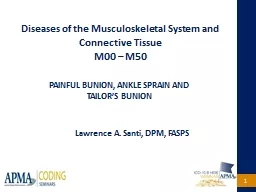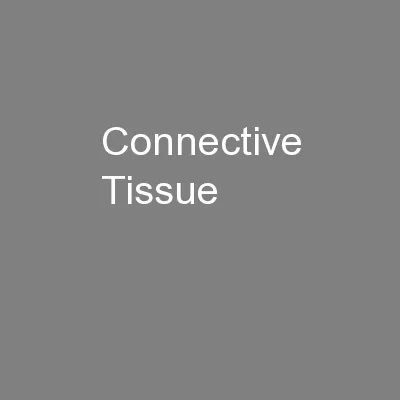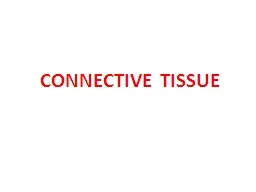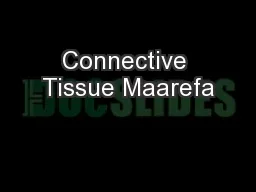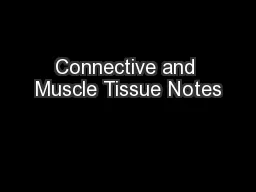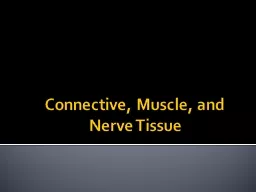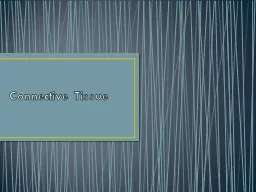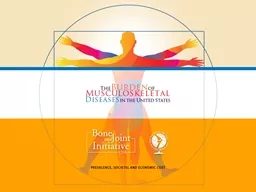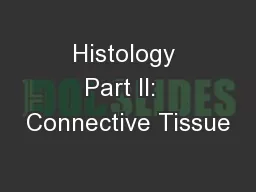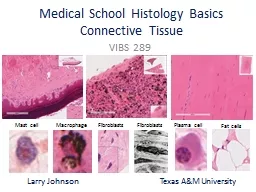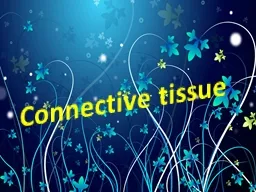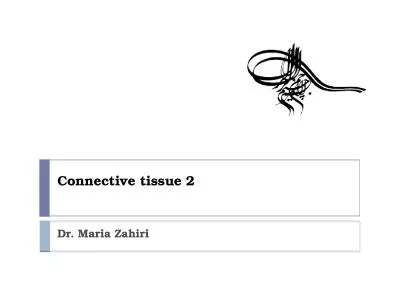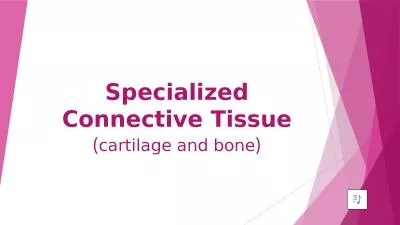PPT-Diseases of the Musculoskeletal System and Connective Tissue
Author : lindy-dunigan | Published Date : 2018-10-26
M00 M50 PAINFUL BUNION ANKLE SPRAIN AND TAILORS BUNION Lawrence A Santi DPM FASPS REVIEW OF SOME OF THE ESSENTIAL GUIDELINES AND INSTRUCTIONS FOR CHAPTER 13 M00
Presentation Embed Code
Download Presentation
Download Presentation The PPT/PDF document "Diseases of the Musculoskeletal System a..." is the property of its rightful owner. Permission is granted to download and print the materials on this website for personal, non-commercial use only, and to display it on your personal computer provided you do not modify the materials and that you retain all copyright notices contained in the materials. By downloading content from our website, you accept the terms of this agreement.
Diseases of the Musculoskeletal System and Connective Tissue: Transcript
M00 M50 PAINFUL BUNION ANKLE SPRAIN AND TAILORS BUNION Lawrence A Santi DPM FASPS REVIEW OF SOME OF THE ESSENTIAL GUIDELINES AND INSTRUCTIONS FOR CHAPTER 13 M00 M50 Specific Coding Guidelines for . KEEPING THE BODY TOGETHER. Functions of connective tissue:. Interconnection of tissues. Support and motion. Storage. Cushioning and insulation. Enclosing and separating. Transport. protection. Characteristics of connective tissue. The dense layer of the basal lamina of all epithelial tissue is created by connective tissue. . Connective tissue connects the epithelium to the rest of the body.. Three Basic Components. Specialized cells. CONNECTIVE TISSUE. Connective tissue is one of the basic tissues which gives structural and metabolic support to the organ and other tissue of the body.. It connects other tissues.. . College. Objectives. What is connective tissue. Types of connective tissues. Functions of connective tissues. Relation of structure and function. Tissues . Four fundamental tissues are recognized:. Epithelial tissue. A. Connective Tissue General Characteristics. 1. . Connective tissues:. a. Bind. . b. Support. . c. Protect. . d. serve . as frameworks. . e. fill . spaces. . f. store . fat. . g. produce . Connective Tissue - Recall. Epithelial Tissue (yesterday’s material). Basement Membrane. Connective Tissue. Three common types of cells found in connective tissue matrix:. 1. . Mast cells . – prevent blood clots. General Characteristics. Does have blood vessels- . variations in blood supply (ligaments and tendons don’t heal as fast because they are poorly vascularized). Cartilage is avascular –no blood supply- heals very slowly. Third Edition. Data to address goals of the Global Alliance for Musculoskeletal Health. History. 2002-2011 declared United States Bone and Joint Decade. 2007 BMUS1 published (print). 2011 BMUS2 published (web). MMHS Anatomy. Location and Description. Location. :. Found throughout the body but never exposed to the . external. environment.. Description. :. Made up of . specialized. cells.. Contains extracellular . VIBS 289. . . Larry Johnson Texas A&M University. Mast cell. Macrophage. Fibroblasts. Fibroblasts. Plasma cell. Fat cells. Function of Connective Tissue. connective tissue . is applied to a tissue which fills the interstices between more specialized element and serve to hold them together and support them , for these reason connective tissue also called support tissue. It consist of three component that is cells, . Zahiri. Formation of Type I collagen. Within . the cell. During translation, two types of peptide chains are formed on ribosomes along the . RER. (. the alpha-1 and alpha-2 . chains). These . peptide chains (known as . (cartilage and bone. ). Specialized Connective Tissue . * Include : Skeletal connective tissue (cartilage and bone).. skeletal connective tissue. :. Cartilage:. is a flexible connective tissue that keeps . -our second tissue type-. Text readings: chapter. 5. Connective Tissue. Lecture Outline. Function and Common Characteristics of all Connective Tissues. Connective Tissue Proper : its cells, fibers, and ground substance.
Download Document
Here is the link to download the presentation.
"Diseases of the Musculoskeletal System and Connective Tissue"The content belongs to its owner. You may download and print it for personal use, without modification, and keep all copyright notices. By downloading, you agree to these terms.
Related Documents

